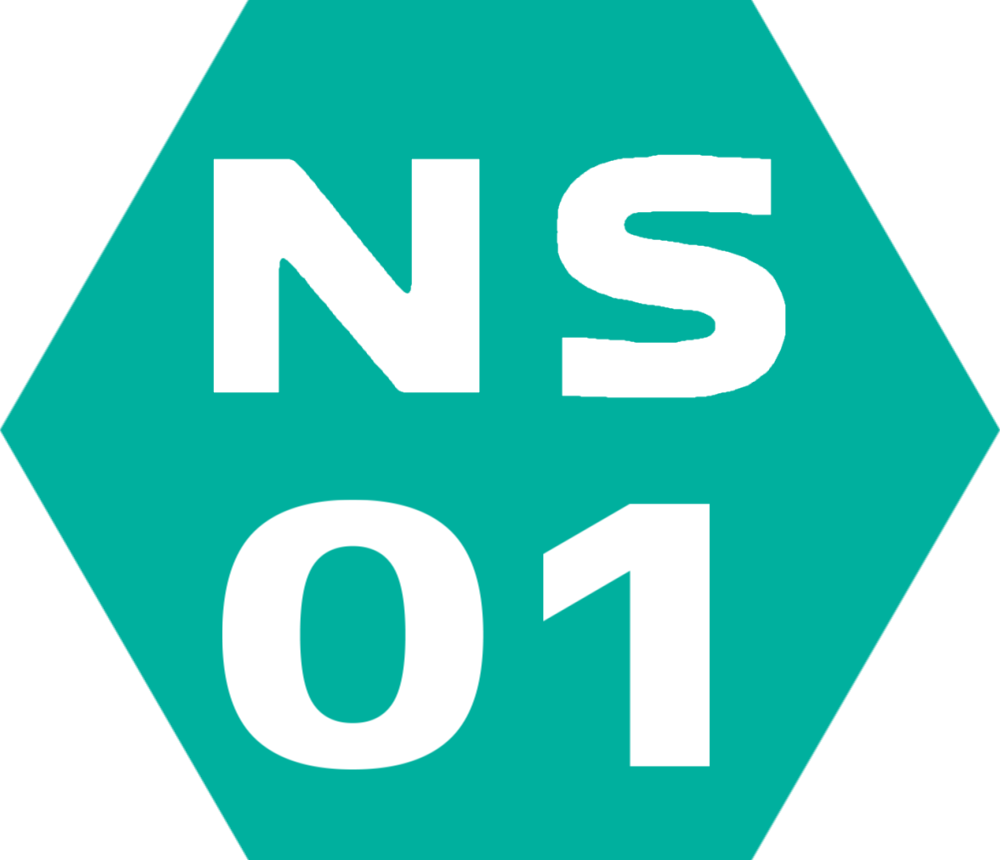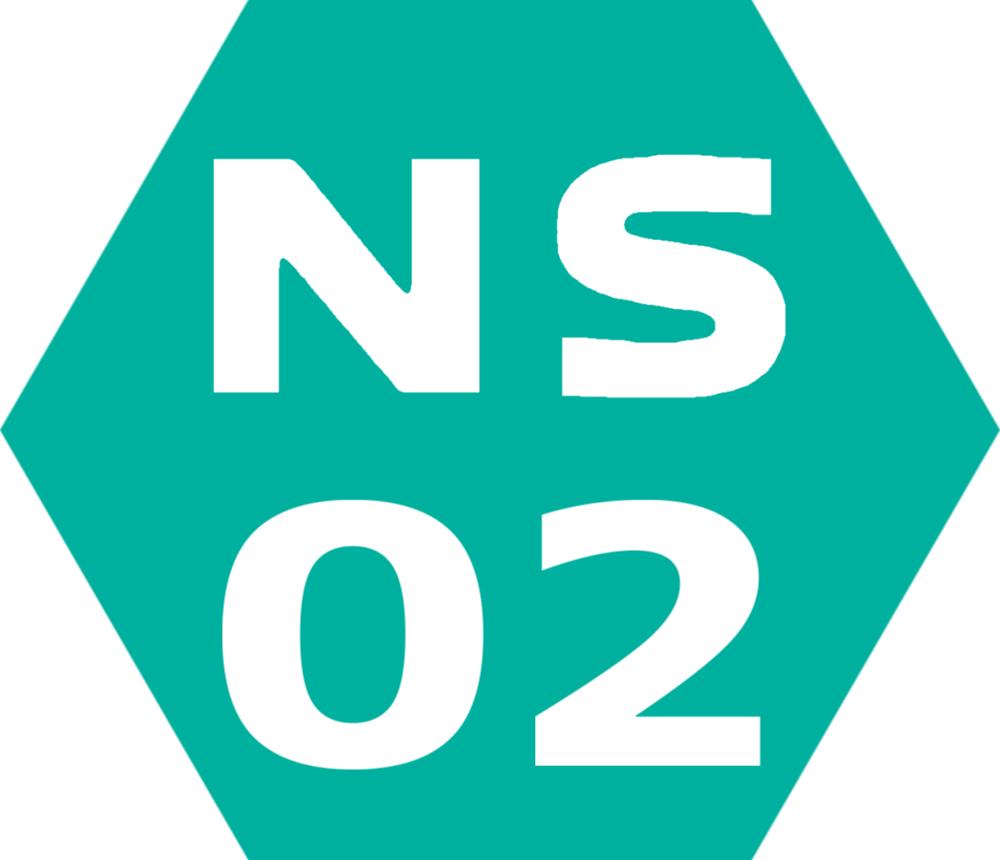|
ŇĆmiya Station (Saitama)
is a passenger railway station located in ŇĆmiya-ku, Saitama, Japan. It is a major interchange station for the East Japan Railway Company (JR East), and is also operated by the private railway operator TŇćbu Railway. Lines The following lines serve the station. JR East * TŇćhoku Shinkansen * HokkaidŇć Shinkansen * Yamagata Shinkansen * Akita Shinkansen * JŇćetsu Shinkansen * Hokuriku Shinkansen * TŇćhoku Main Line (Utsunomiya Line) * Takasaki Line * ShŇćnan-Shinjuku Line * Ueno-Tokyo Line * Keihin-TŇćhoku Line * SaikyŇć Line * Kawagoe Line Tobu Railway *Tobu Urban Park Line Saitama New Urban Transit * New ShuttleNew Shuttle Station layout JR East platforms No. 1‚Äď11 File:Omiya-STA Central-Gate-South.jpg, Central gate in July 2021 File:JRE-Omiya-STA Home6-7.jpg, Conventional line platforms in July 2021 These are five ground-level island platforms. Tracks 5 and 10 are through tracks not served by platforms. No. 13‚Äď18 File:Omiya-STA North-tra ... [...More Info...] [...Related Items...] OR: [Wikipedia] [Google] [Baidu] |
Hokuriku Shinkansen
The is a high-speed Shinkansen railway line jointly operated by East Japan Railway Company (JR East) and West Japan Railway Company (JR West), connecting Tokyo with in the Hokuriku region of Japan. The first section, between and in Nagano Prefecture, opened on 1 October 1997, originally called the (Takasaki is linked to Tokyo by the JŇćetsu Shinkansen). The extension to in Toyama Prefecture and in Ishikawa Prefecture opened on 14 March 2015. Construction of a further section onward to and in Fukui Prefecture commenced in 2012, with scheduled opening in Spring 2024. The route of the final section to Shin-Osaka was decided on 20 December 2016 as the Osaka‚ÄďKyoto route, with construction expected to begin in 2030 and take 15 years. Train names and service patterns Since March 2015, services on the line are split into four types, with train names as listed below. Trains operate over the Joetsu and Tohoku Shinkansen tracks between Tokyo and Takasaki. * ''Kagayaki'': Toky ... [...More Info...] [...Related Items...] OR: [Wikipedia] [Google] [Baidu] |
ItŇć Line
The ItŇć Line ( ja, šľäśĚĪÁ∑ö, ) is a railway line owned by the East Japan Railway Company (JR East) which connects Atami and ItŇć Stations, along the east coast of Izu Peninsula in Shizuoka Prefecture, Japan. From ItŇć, the line continues south to Shimoda under the privately owned and operated Izu KyŇękŇć Line. Station list Rolling stock * Local trains ** E231 series 10-car EMUs (Ito„ÉĽ Tokaido„ÉĽ Ueno-Tokyo Lines) ** E233 series 10-car EMUs (Ito„ÉĽTokaido„ÉĽUeno-Tokyo Lines) ** Izukyu 2100 series 7-car EMUs (Ito„ÉĽIzukyu Lines) ** Izukyu 8000 series 3-car or 6-car coupled EMUs (Ito„ÉĽIzukyu Lines) * Limited express ** 185 series 7-car or 10-car EMUs (''Odoriko'') ** E257-2000 series (''Odoriko'') ** E261 series ''Saphir Odoriko'' ** Izukyu 2100 series 7-car or 8-car EMUs ( ''Resort Odoriko'') * Sightseeing trains ** 651-1000 series 4-car EMUs (''Izu Craile'') *** A rebuilt four-car 651 series resort train set named '' Izu Craile''( ja, šľäŤĪÜ„āĮ„ɨ„ā§„Éę, links=no) ente ... [...More Info...] [...Related Items...] OR: [Wikipedia] [Google] [Baidu] |
Island Platform
An island platform (also center platform, centre platform) is a station layout arrangement where a single platform is positioned between two tracks within a railway station, tram stop or transitway interchange. Island platforms are popular on twin-track routes due to pragmatic and cost reasons. They are also useful within larger stations where local and express services for the same direction of travel can be provided from opposite sides of the same platform thereby simplifying transfers between the two tracks. An alternative arrangement is to position side platforms on either side of the tracks. The historical use of island platforms depends greatly upon the location. In the United Kingdom the use of island platforms is relatively common when the railway line is in a cutting or raised on an embankment, as this makes it easier to provide access to the platform without walking across the tracks. Advantages and tradeoffs Island platforms are necessary for any station with many th ... [...More Info...] [...Related Items...] OR: [Wikipedia] [Google] [Baidu] |
New Shuttle
The is a manually driven rubber-tyred people mover system in Saitama Prefecture, Japan, operated by . The 12.7-kilometre that runs north from ŇĆmiya Station in Saitama, Saitama, alongside the Tohoku Shinkansen and Joetsu Shinkansen elevated high-speed lines through Ageo to Uchijuku Station in Ina in Saitama Prefecture in the Greater Tokyo Area is the only route that is run on the system. The line is double tracked from ŇĆmiya Station to Maruyama Station and single tracked from Maruyama to Uchijuku Station. Saitama New Urban Transit is a kabushiki gaisha whose major shareholders include the East Japan Railway Company, Tobu Railway, banks, Saitama prefectural government, and the cities and the town served. Ina Line stations The stations on the line are as follows. All stations are located in Saitama Prefecture. The line's depot is located next to Maruyama Station. Rolling stock , the following train types are used on the line, all formed as six-car sets. * 1050 series ... [...More Info...] [...Related Items...] OR: [Wikipedia] [Google] [Baidu] |
TŇćbu Urban Park Line
The , formally known as the , is a long railway line in Saitama and Chiba Prefectures operated by the Japanese private railway company Tobu Railway. It connects the satellite cities of Tokyo, such as Saitama, Kasukabe, Noda, Nagareyama, Matsudo, Kamagaya, Kashiwa, and Funabashi. Description *Track **Double: ŇĆmiya - Kasukabe, Unga - Funabashi **Single: the rest Operation All trains were initially operated as all-stations "Local" services. Most trains, excluding a few from/to train depots, originate or terminate at Kashiwa Station which has a switchback. During the daytime, six trains run per hour. From 26 March 2016, limited-stop "Express" services were introduced on the line. During the daytime off-peak, these run at 30-minute intervals, stopping only at between and , and all-stations between Kasukabe and . The journey time between Omiya and Kasukabe is reduced by 6 minutes compared with all-stations "Local" services. Stations Abbreviations: * L = * S = * E = ... [...More Info...] [...Related Items...] OR: [Wikipedia] [Google] [Baidu] |
Kawagoe Line
The Kawagoe Line ( ja, Ś∑ĚŤ∂äÁ∑ö, ) is a railway line in Japan operated by the East Japan Railway Company (JR East), which connects the cities of Saitama, Kawagoe, and Hidaka in Saitama Prefecture. The main transfer stations on the line are , , and . Services The eastern section between Kawagoe and ŇĆmiya operates as an extension of the SaikyŇć Line from central Tokyo, with most trains traveling through to/from and on to/from via the Rinkai Line. On the western section between Kawagoe and Komagawa, about half of all trains travel through to/from via the HachikŇć Line. Except for a few rush-hour trains that start and terminate at Minami-Furuya, all eastbound trains from Komagawa and westbound trains from ŇĆmiya terminate at Kawagoe. Passengers wishing to travel beyond Kawagoe must change trains there. Station list * All stations are located in Saitama Prefecture. * Passengers bound for ŇĆmiya or Komagawa must change trains at Kawagoe. However, during early mornings and eve ... [...More Info...] [...Related Items...] OR: [Wikipedia] [Google] [Baidu] |
SaikyŇć Line
The SaikyŇć Line ( ja, Śüľšļ¨Á∑ö, ) is a Japanese railway line operated by the East Japan Railway Company (JR East). It connects ŇĆsaki Station in Shinagawa, Tokyo, and ŇĆmiya Station in Saitama Prefecture. The line's name is an abbreviation of the two areas the line connects: Saitama ( ja, ŚüľÁéČ, links=no) and TŇćkyŇć ( ja, śĚĪšļ¨, links=no). At the northern end of the line, some trains continue beyond ŇĆmiya as far as on the Kawagoe Line; at the southern end of the line, many SaikyŇć Line trains continue onward beyond ŇĆsaki to either on the Rinkai Line (operated by Tokyo Waterfront Area Rapid Transit) or on the Sotetsu Main Line (via the SŇćtetsu Shin-Yokohama Line). Beside the link that connects the SaikyŇć and Rinkai lines is the JR East Tokyo General Rolling Stock Centre that stores the rolling stock for the Yamanote Line and other types of rolling stock; and the Hinkaku Line which links Saikyo Line to the Tokaido Freight Line and Sotetsu-JR Link Line. Basic data *O ... [...More Info...] [...Related Items...] OR: [Wikipedia] [Google] [Baidu] |
Keihin‚ÄďTŇćhoku Line
The is a railway line in Japan which connects the cities of Saitama, Kawaguchi, Tokyo, Kawasaki, and Yokohama. It is part of the East Japan Railway Company (JR East) network. The line's name is derived from the characters for Tokyo ( ja, śĚĪšļ¨, links=no), Yokohama ( ja, ś®™śĶú, links=no) and the TŇćhoku Main Line ( ja, śĚĪŚĆóśú¨Á∑ö, links=no). The Keihin-TŇćhoku Line officially follows portions of the TŇćhoku Main Line and TŇćkaidŇć Main Line. Between Ueno and Akabane stations the Keihin‚ÄďTohoku and Tohoku Main lines are physically separate and thus alternate routes. Most Keihin‚ÄďTŇćhoku Line trains have a through service onto the Negishi Line between Yokohama and ŇĆfuna stations. As a result, the entire service between ŇĆmiya and ŇĆfuna is typically referred to as the Keihin-TŇćhoku—Negishi Line ( ja, šļ¨śĶúśĚĪŚĆóÁ∑ö„ÉĽś†ĻŚ≤łÁ∑ö, links=no) on system maps and in-train station guides. Keihin-TŇćhoku Line—Negishi Line trains are recognizable by their light blue s ... [...More Info...] [...Related Items...] OR: [Wikipedia] [Google] [Baidu] |
Ueno‚ÄďTokyo Line
The Ueno‚ÄďTokyo Line ( ja, šłäťáéśĚĪšļ¨„É©„ā§„É≥, ), formerly known as the TŇćhoku Through Line ( ja, śĚĪŚĆóÁł¶Ť≤ęÁ∑ö, links=no, ) is a railway line in Tokyo, Japan, operated by the East Japan Railway Company (JR East), linking the Ueno Station and the Tokyo Station, extending the services of the Utsunomiya Line, the Takasaki Line, and the Joban Line southward and onto the Tokaido Main LineJR East Annual Report 2010 retrieved 2013-12-09 and vice versa. The project began in May 2008. The line opened with the 14 March 2015 timetable revision, with the project costing about JPY 40 billion. Direct travel was expected to ease congestion on the |
ShŇćnan‚ÄďShinjuku Line
The ShŇćnan‚ÄďShinjuku Line ( ja, śĻėŚćóśĖįŚģŅ„É©„ā§„É≥, ) is a passenger railway service in Japan which commenced in December 2001. The line has no dedicated track as services run through shared sections along the RyŇćmŇć Line, Takasaki Line, Utsunomiya Line, Yamanote freight line, Yokosuka Line, and TŇćkaidŇć Main Line. It is treated as a distinct service at stations and on railway maps. Services Service patterns on the ShŇćnan‚ÄďShinjuku Line are as follows: Utsunomiya Line‚ÄďYokosuka Line route * ShŇćnan‚ÄďShinjuku Line local (Utsunomiya Line: local; ŇĆmiya‚ÄďŇĆfuna: local; Yokosuka Line: local) ** Services commenced on December 1, 2001. ** One train per hour is operated between (some to/from ) and ; this increases to 2‚Äď3 trains per hour during peak periods. Sometimes trains operate to/from ŇĆfuna as well as to/from on weekday mornings. ** Most trains are operated in 15-car sets. Some pause at Koganei to couple-up or divide, with the 10-car portion continues northward; ... [...More Info...] [...Related Items...] OR: [Wikipedia] [Google] [Baidu] |




